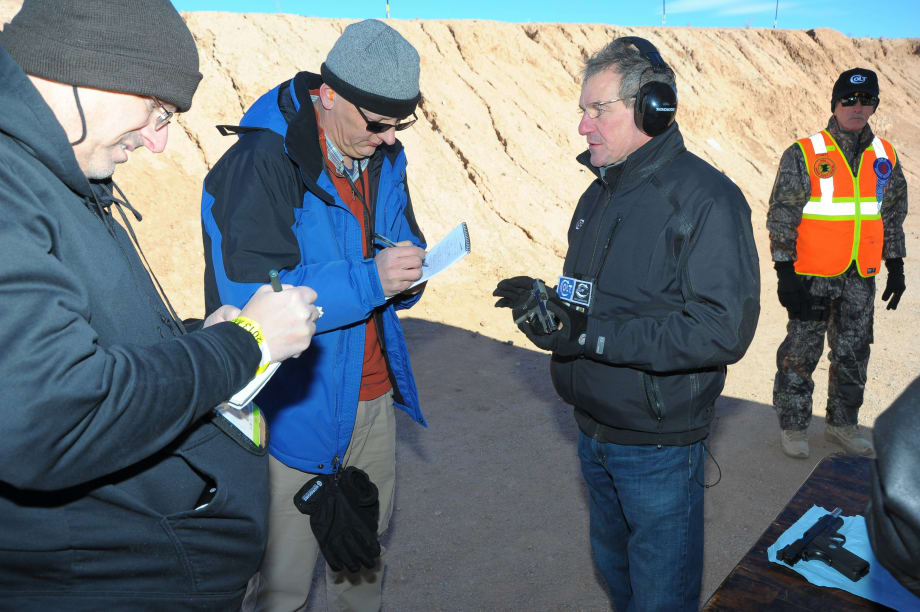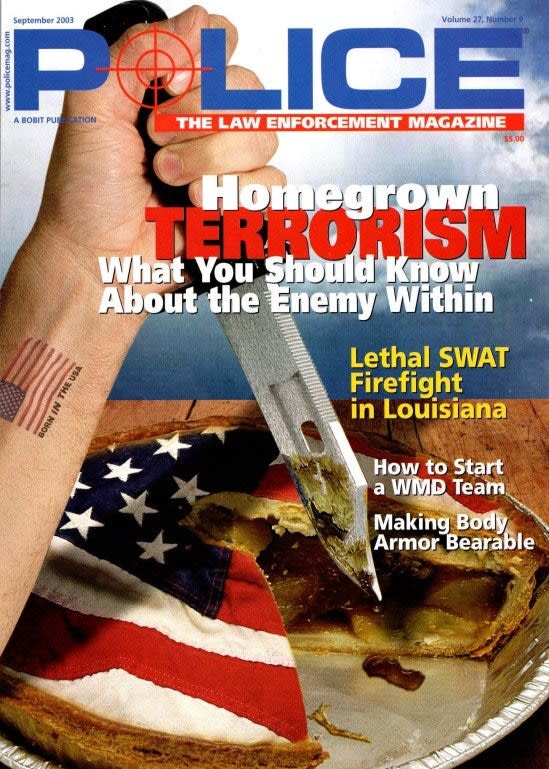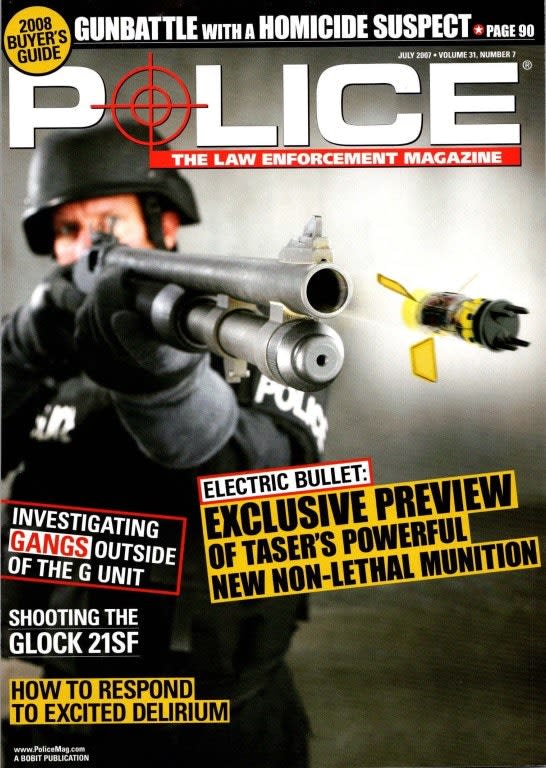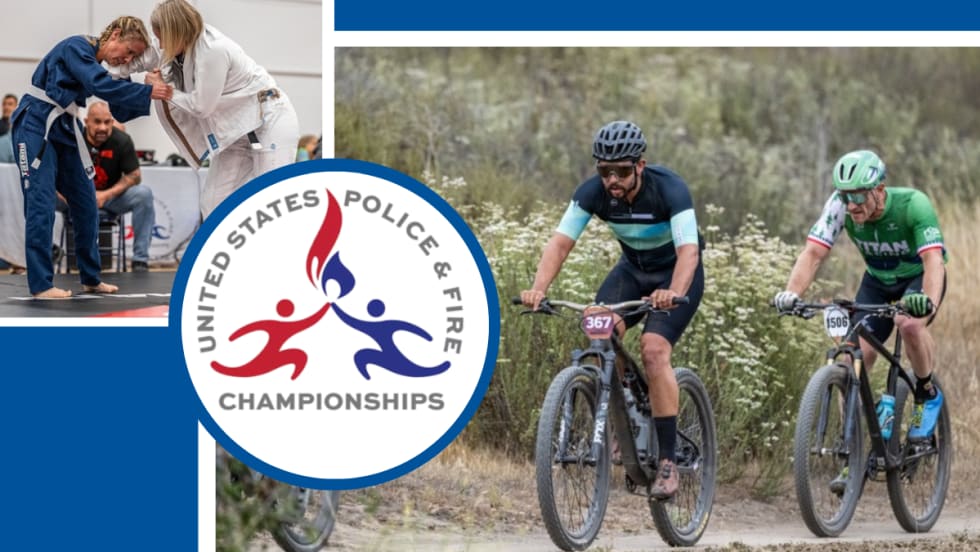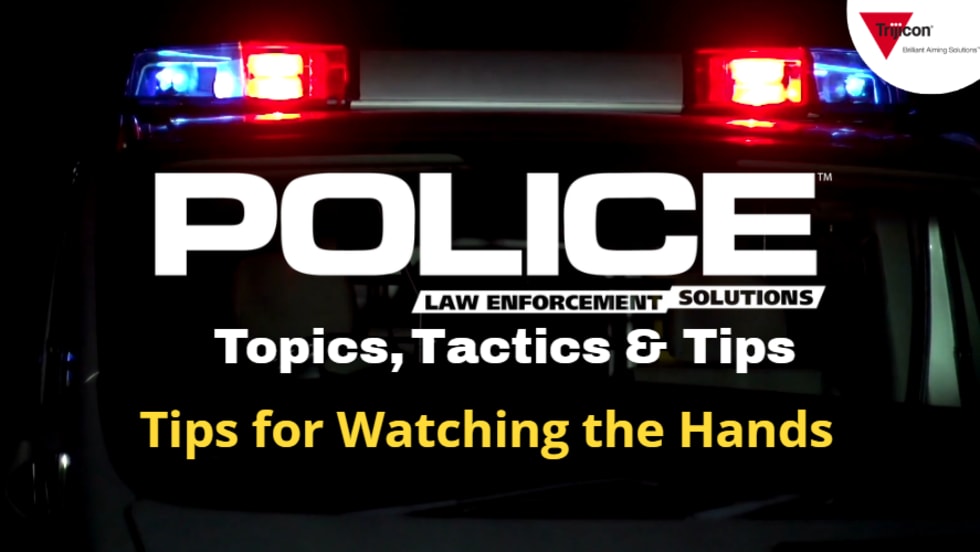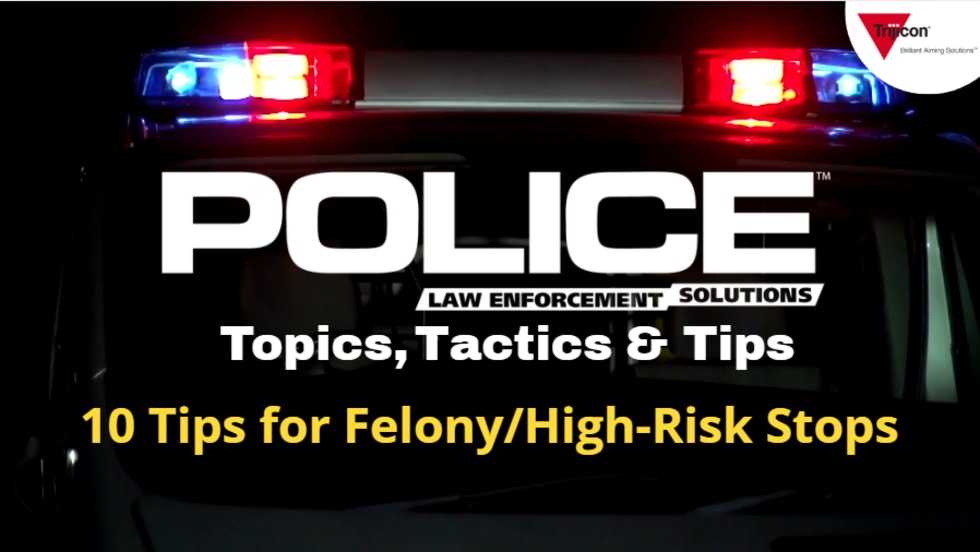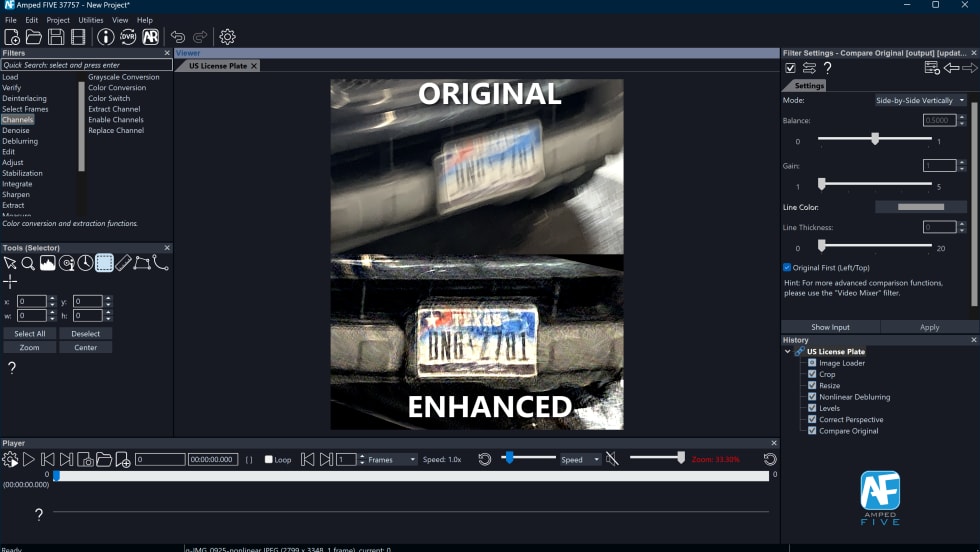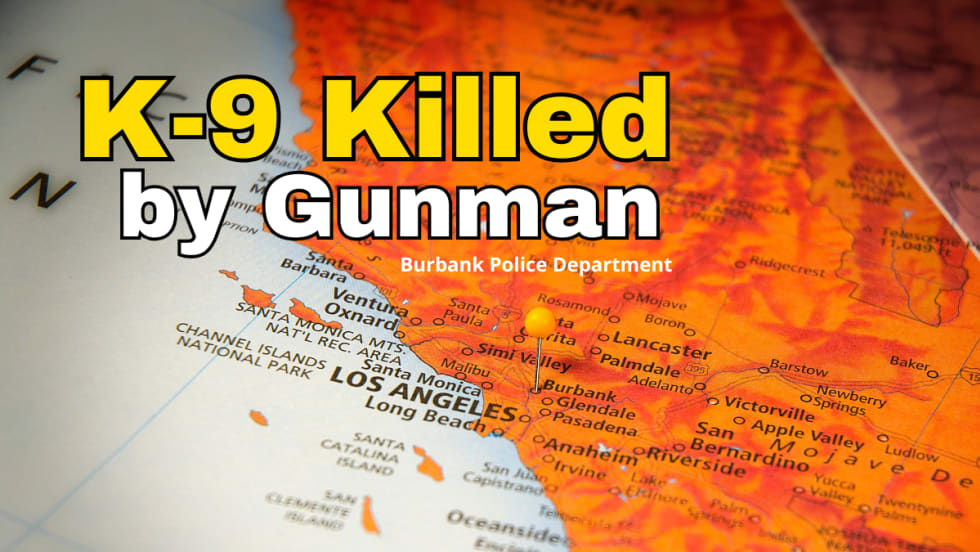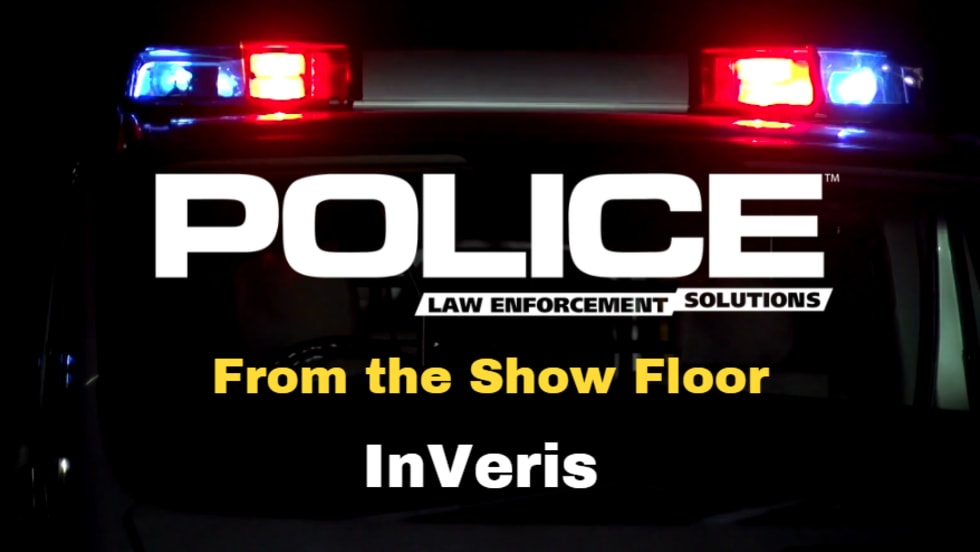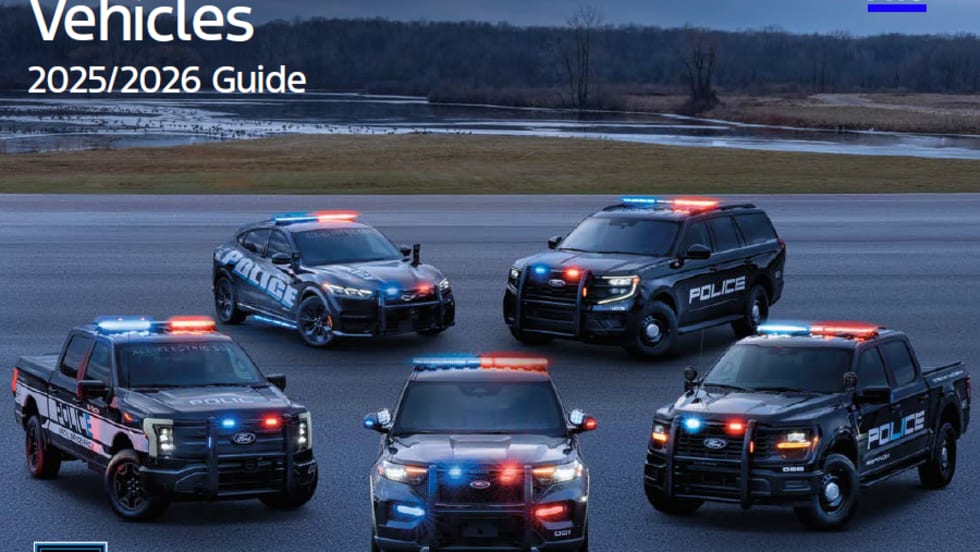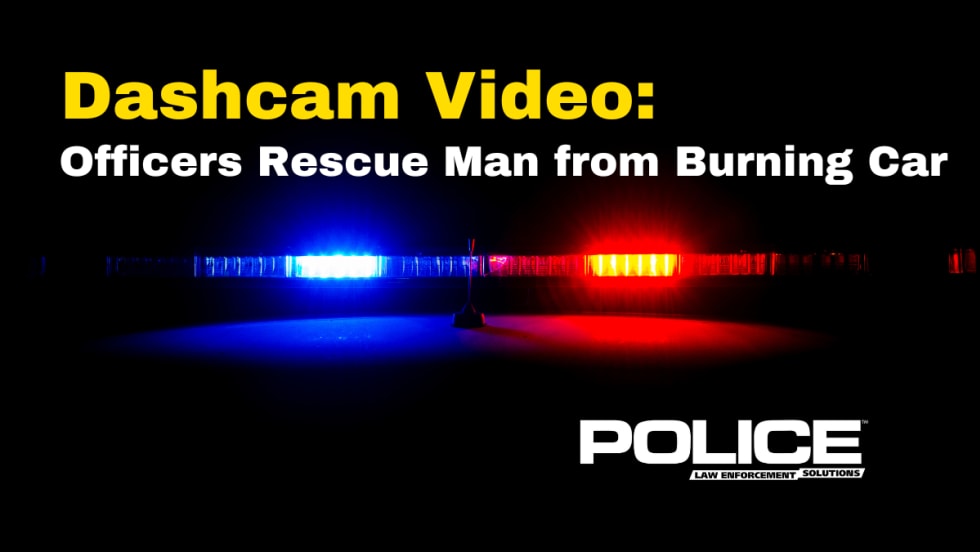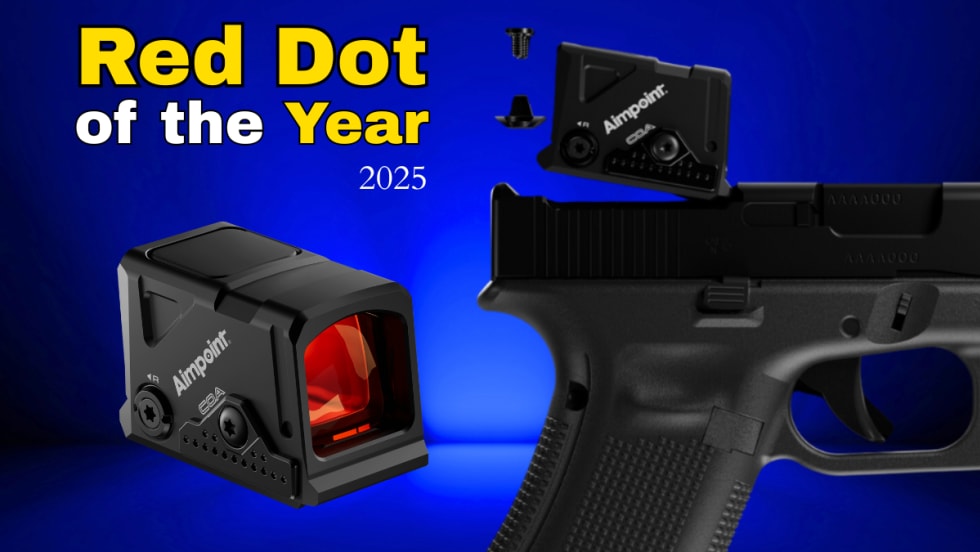One of my predecessors at POLICE seemed to have believed it was his purpose in life to convince other cops to support gun control. For my first two years working on the magazine I would get cornered at SHOT Show by an irate reader who thought I was him. The mistaken identity was quickly corrected by me.
Speaking of SHOT Show, I’ve been to about 20 of the beasts. They just keep getting bigger and bigger. You can see a lot of cool stuff at SHOT Show, but it will cost you your feet. We’re talking miles and miles of walking. The first year I wore dress shoes. I did that once.
Not only can you see a lot of cool stuff at SHOT Show. If you are a member of the SHOT credentialed media, which I have been, you get to shoot some cool stuff. Actually, as editor of POLICE, I got to shoot a lot of cool stuff over the years. My favorites were the H&K MP7 and the FN P-90, amazing subguns with no recoil, and I got to shoot them full-auto.
Here’s the thing I’ll say to you about me and guns. I like them, I grew up with them, but I’m a terrible shot. I’m a terrible shot with iron sights, with laser sights, with optics, and with red dots. It’s a combination of bad eyes and blood pressure meds that make it hard for me to hold the weapon steady.
I also don’t shoot much. When it came to our coverage of firearms, I relied on the expertise of gun writers, including Roy Huntington, Dave Douglas, Paul Scarlata, Nick Jacobellis, Mike Detty, A.J. George, and others.



